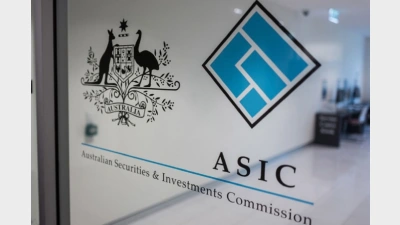Custody sector inches towards $2.5 trillion



The Australian custodial and administration sector jumped 6.3 per cent, with total assets under custody standing at $2.459 trillion in the six months to 30 June, according to data released today.
The Australian Custodial Services Association (ACSA) data also revealed a rise in Australian assets held under foreign clients (sub-custody), growing 8.2 per cent to $1.037 trillion.
Among the big players in the market, National Australia Bank Asset Servicing remains the biggest, with $673 billion in total assets under custody, up 6.6 per cent for the six months.
J.P. Morgan finished second ($464 billion, up 10.5 per cent), followed by BNP Paribas ($312 billion, up 2.3 per cent) and Citigroup ($257 billion, up 1.1 per cent).
J.P Morgan is the biggest custodian of non-Australian assets for Australian investors ($232 billion, up 53.5 per cent), followed by Citigroup ($107 billion, up 17.4 per cent) and State Street ($106 billion, up 5.2 per cent).
In the sub-custodian area, HSBC Bank held its top position with $684 billion in sub-custody assets (up 10.3 per cent). This makes up 66 per cent of all Australian sub custody assets.
Assets under administration (not held in custody but administered by custodians) jumped 4.2 per cent, with NAB Asset Servicing the biggest administrator with $447 billion.
Australian assets under custody went up by 3.3 per cent and non-Australian assets under custody went up 14.5 per cent.
The data is published twice a year to provide an understanding of settlement transaction volumes and provides figures in major custody, sub-custody and asset administers, which shows asset changes and major mandate wins and losses.
Recommended for you
Ethical super fund Australian Ethical has announced the appointment of Anthony Lane as chief operating officer.
The structural shift towards active ETFs will reshape the asset management industry, according to McKinsey, and financial advisers will be a key group for managers to focus their distribution.
ASIC has warned that practices across the $200 billion private credit market are inconsistent and, in some cases, require serious improvement.
A surge in electricity prices has driven the monthly Consumer Price Index to its highest level in a year, exceeding forecasts.









